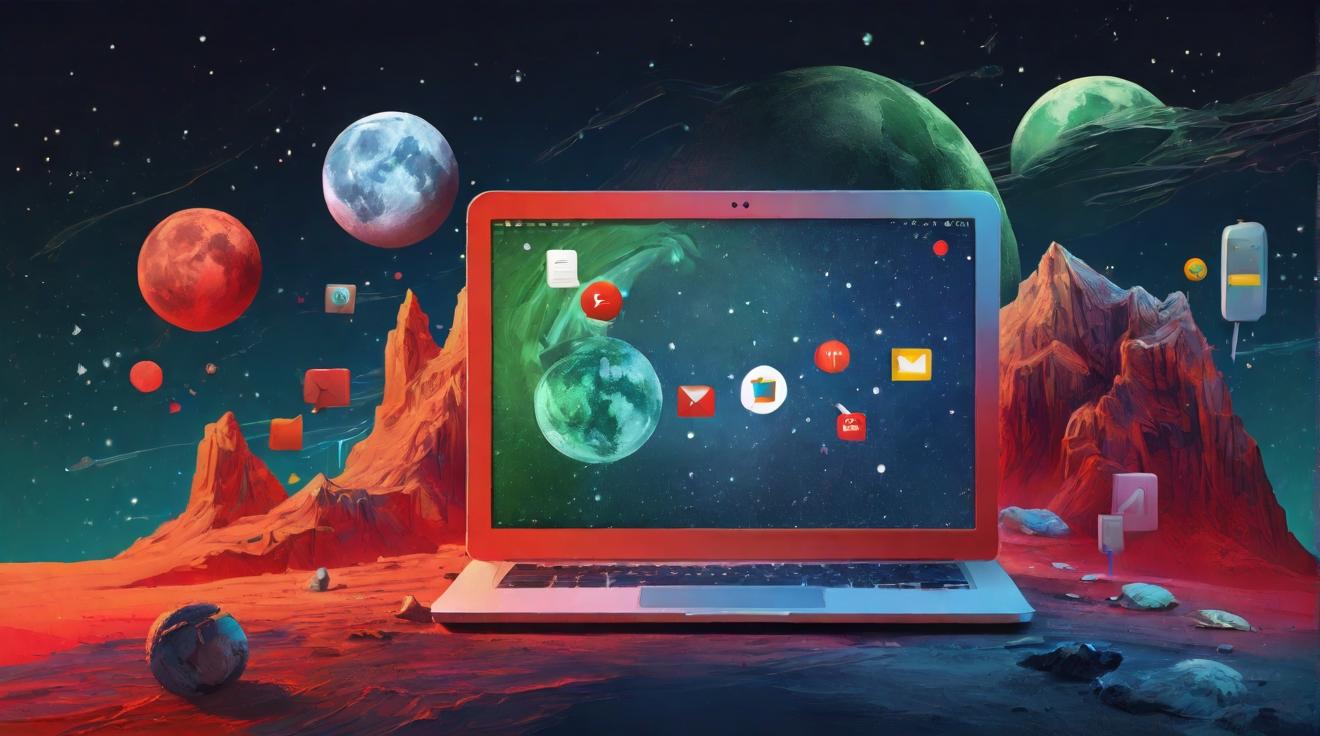Gmail: A Revolutionary Leap in Email Technology
When Google co-founders Larry Page and Sergey Brin decided to unveil Gmail on April Fool's Day two decades ago, it was perceived as another one of their elaborate pranks. Known for their penchant for humor, Page and Brin had, in the past, introduced outrageous concepts like a Copernicus research center on the moon and a “scratch and sniff” feature for their search engine as April Fool's jokes. However, Gmail would soon prove to be a genuine innovation, fundamentally transforming email communication.
At its launch, Gmail offered 1 gigabyte of storage per account, an almost unfathomable amount at a time when leading webmail services provided merely enough space for 30 to 60 emails. This leap to 1 GB translated into 250 to 500 times more email storage than what was previously available. Beyond storage, Gmail integrated Google's search technology, enabling users to swiftly locate old emails, photos, or other personal information. Additionally, it introduced the novel concept of threading communications on the same topic into a single conversation flow.
Marissa Mayer, a former Google executive instrumental in Gmail’s development, emphasized that the service was built on the three ‘S’s: storage, search, and speed. This innovative approach not only enhanced user experience but also significantly shifted the perception of what web applications could achieve within a browser.
Despite its groundbreaking features, the initial announcement of Gmail was met with skepticism, with many believing it to be another of Google's April Fool's pranks. The disbelief was a testament to Gmail's trailblazing design, which seemed too good to be true at the time. “That was part of the charm,” noted Paul Buchheit, a former Google engineer and key player in Gmail's creation. The project, whimsically code-named “Caribou”, took three years to come to fruition and marked the beginning of Google's expansion beyond its dominant search engine.
Today, Gmail boasts an estimated 1.8 billion active accounts, each offering 15 gigabytes of free storage, a figure that's still not sufficient for many users’ digital hoarding habits. This has led to Google, along with other tech giants like Apple, to profit from selling additional storage in their data centers. Gmail’s existence has also set a new standard in storage capacity for email services worldwide.
Furthermore, Gmail’s introduction was pivotal in catalyzing the development of other Google services, such as Google Maps, Google Docs, the Chrome browser, and the Android operating system. It also signified Google's commitment to tailoring ads through digital surveillance, a practice that has expanded across its services.
Despite its massive success, the early days of Gmail were marked by a scarcity of computing resources, with the service initially capable of supporting only 10,000 users on outdated machines. This limitation created an aura of exclusivity, driving demand for invitations to sky-high levels, with some selling for $250 on eBay. It wasn't until 2007 that Gmail became openly available to the public, cementing its status as an indispensable tool in modern communication.
In a fitting nod to their tradition of April Fool's pranks, Google would later introduce “Gmail Paper”, a fictitious feature offering to print users' email archives on organic material. Even as Google continued to jest, the enduring legacy of Gmail remains no laughing matter, having irrevocably altered the landscape of email services and internet usage at large.
Analyst comment
Positive news. As an analyst, the market for email services is expected to continue to grow as more users prioritize features like storage, search, and speed. Gmail’s revolutionary leap in email technology and its enduring legacy have set a new standard and paved the way for the development of other Google services. The market for additional storage in data centers is also expected to benefit from Gmail’s success.













